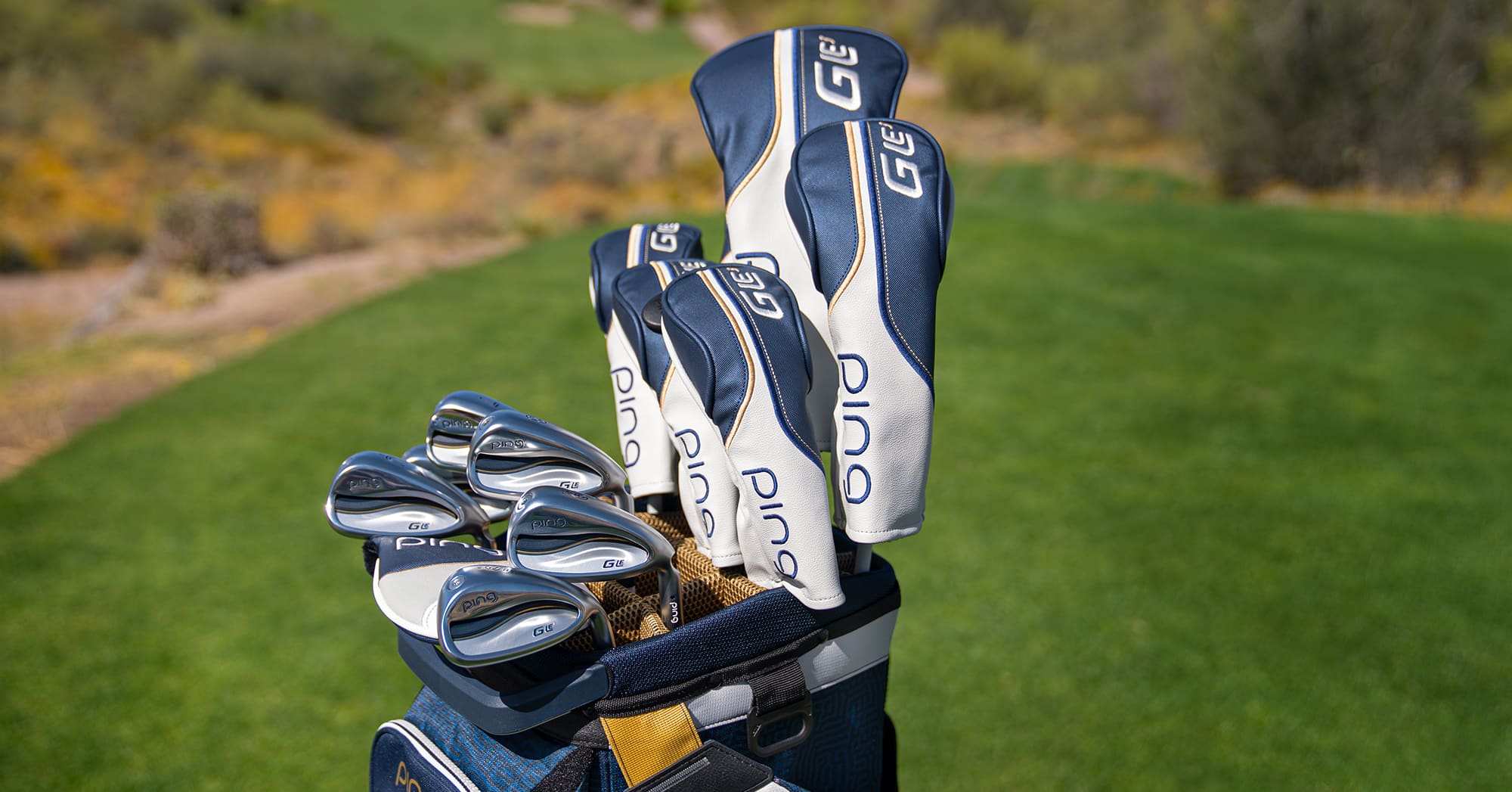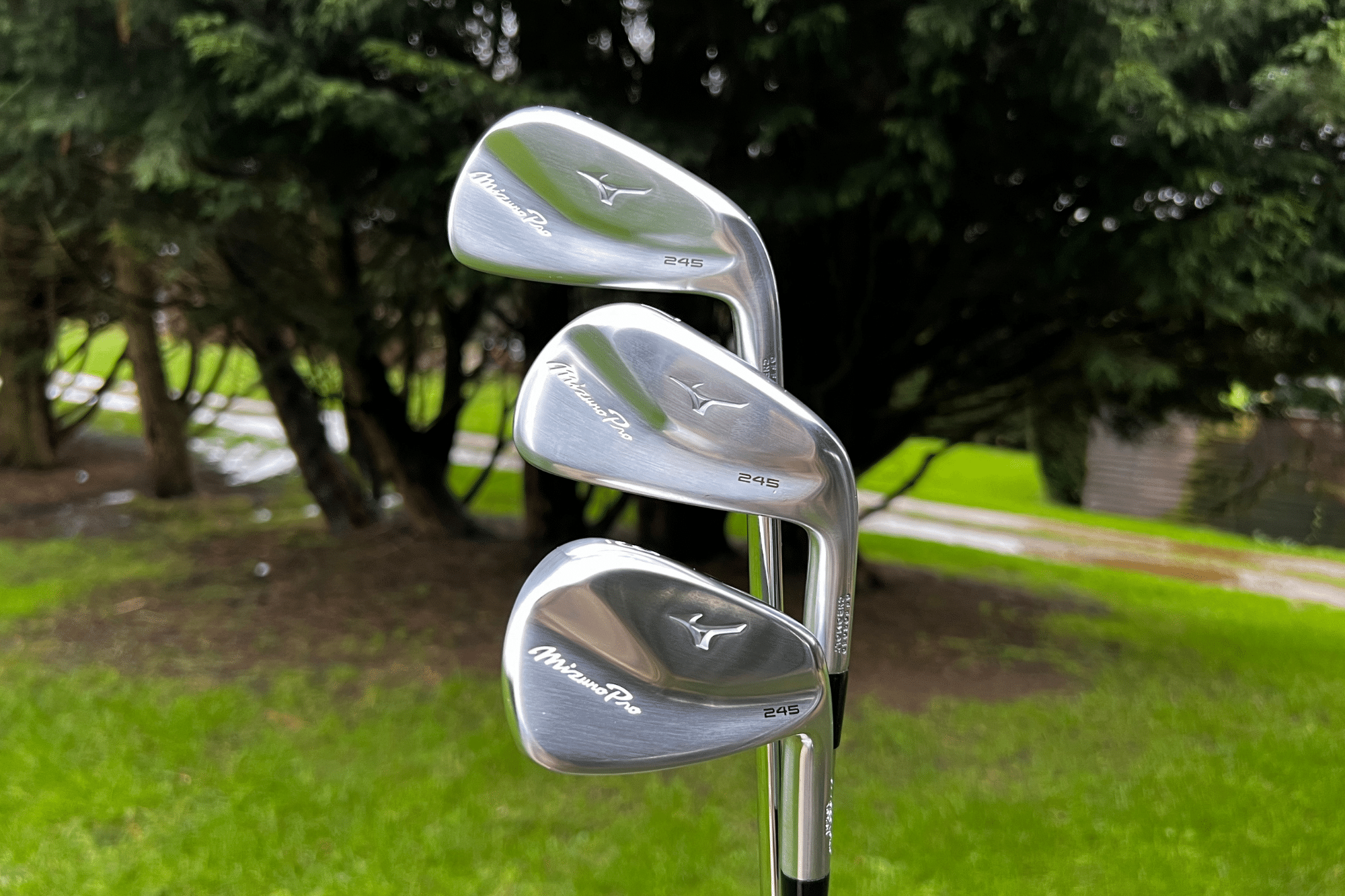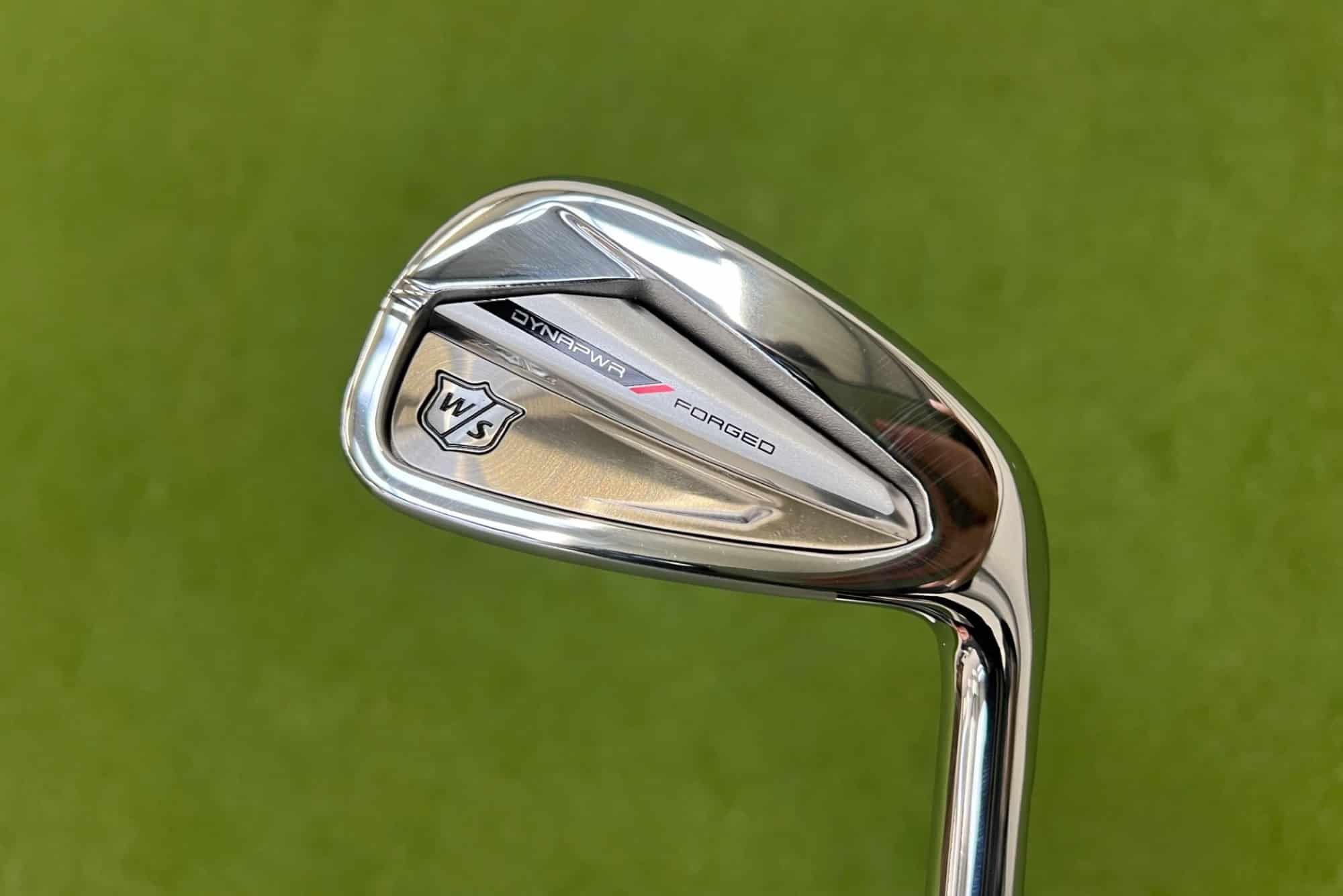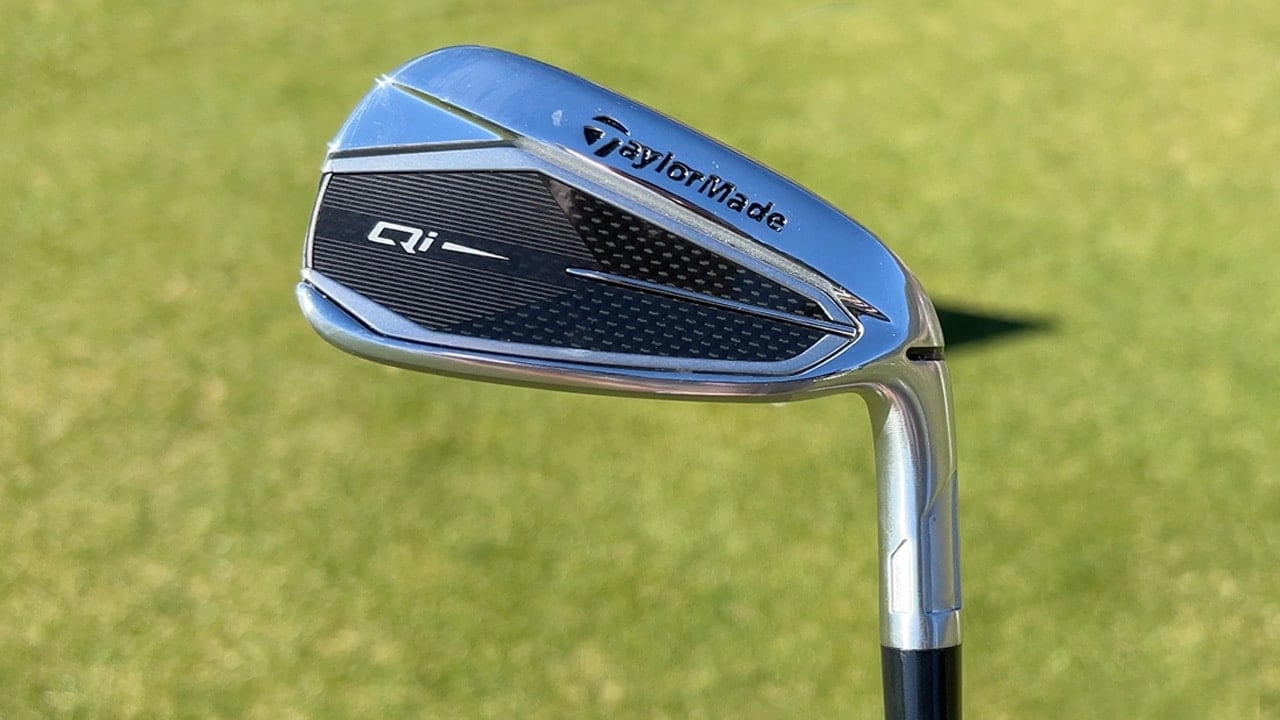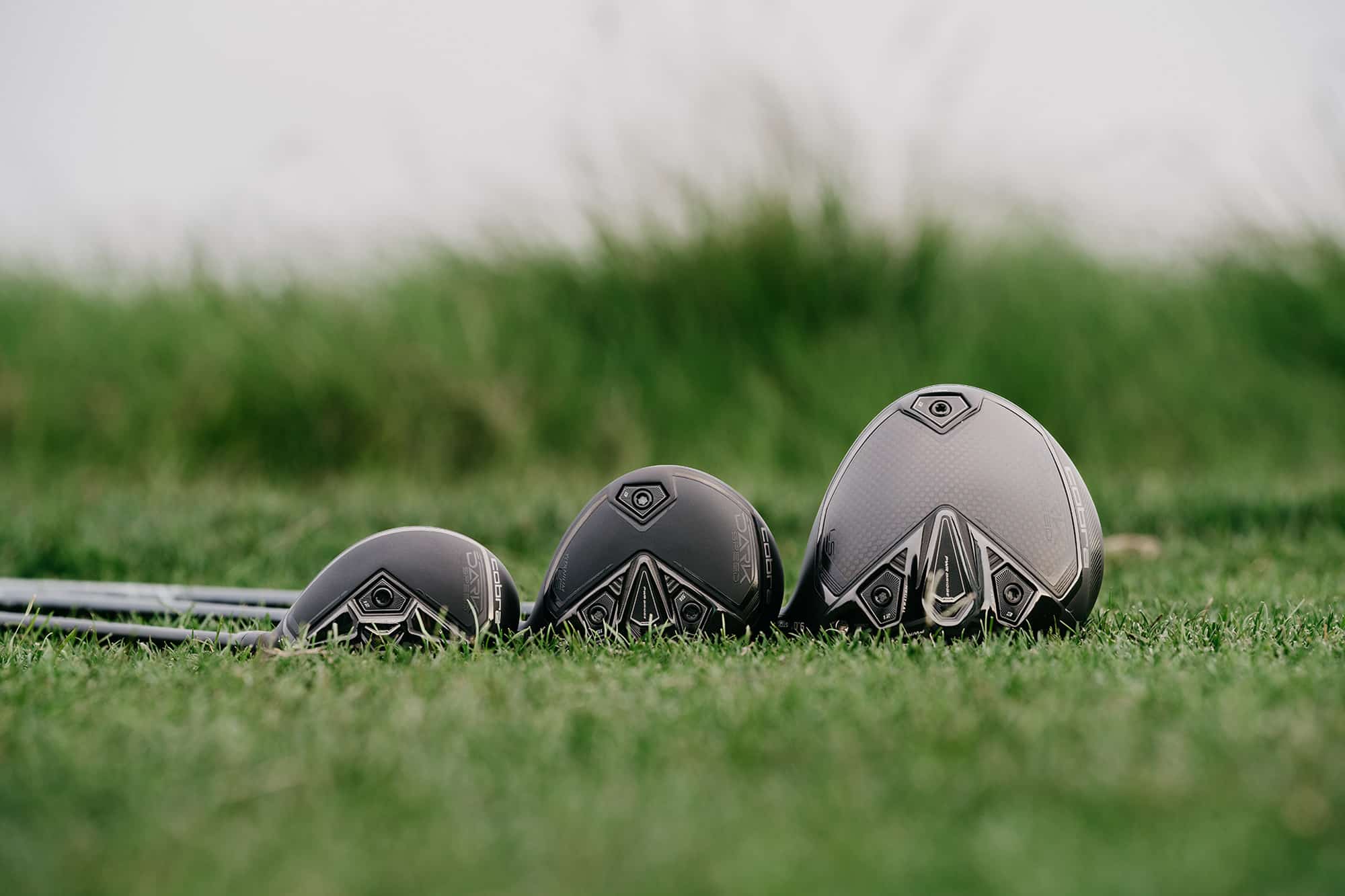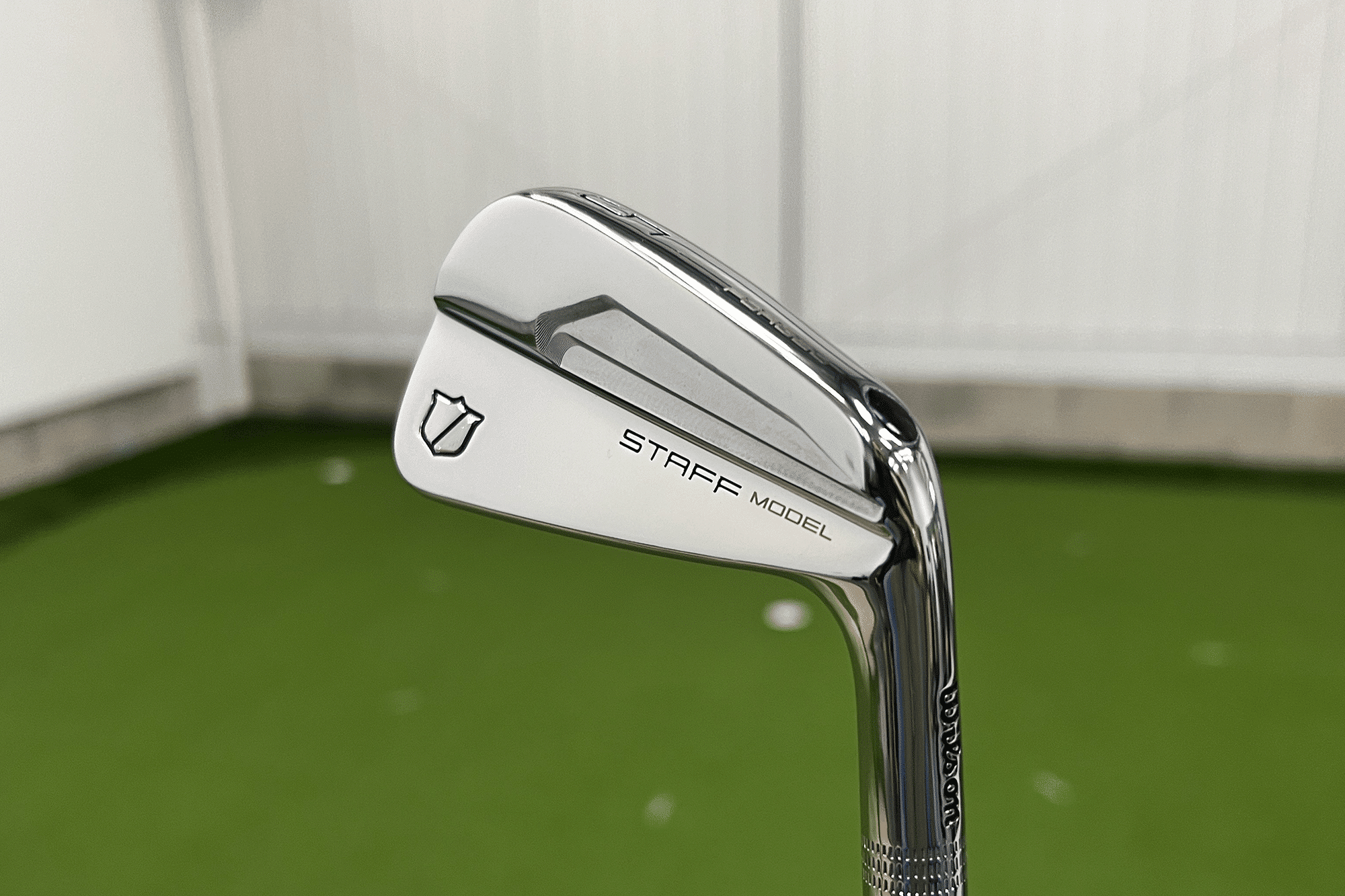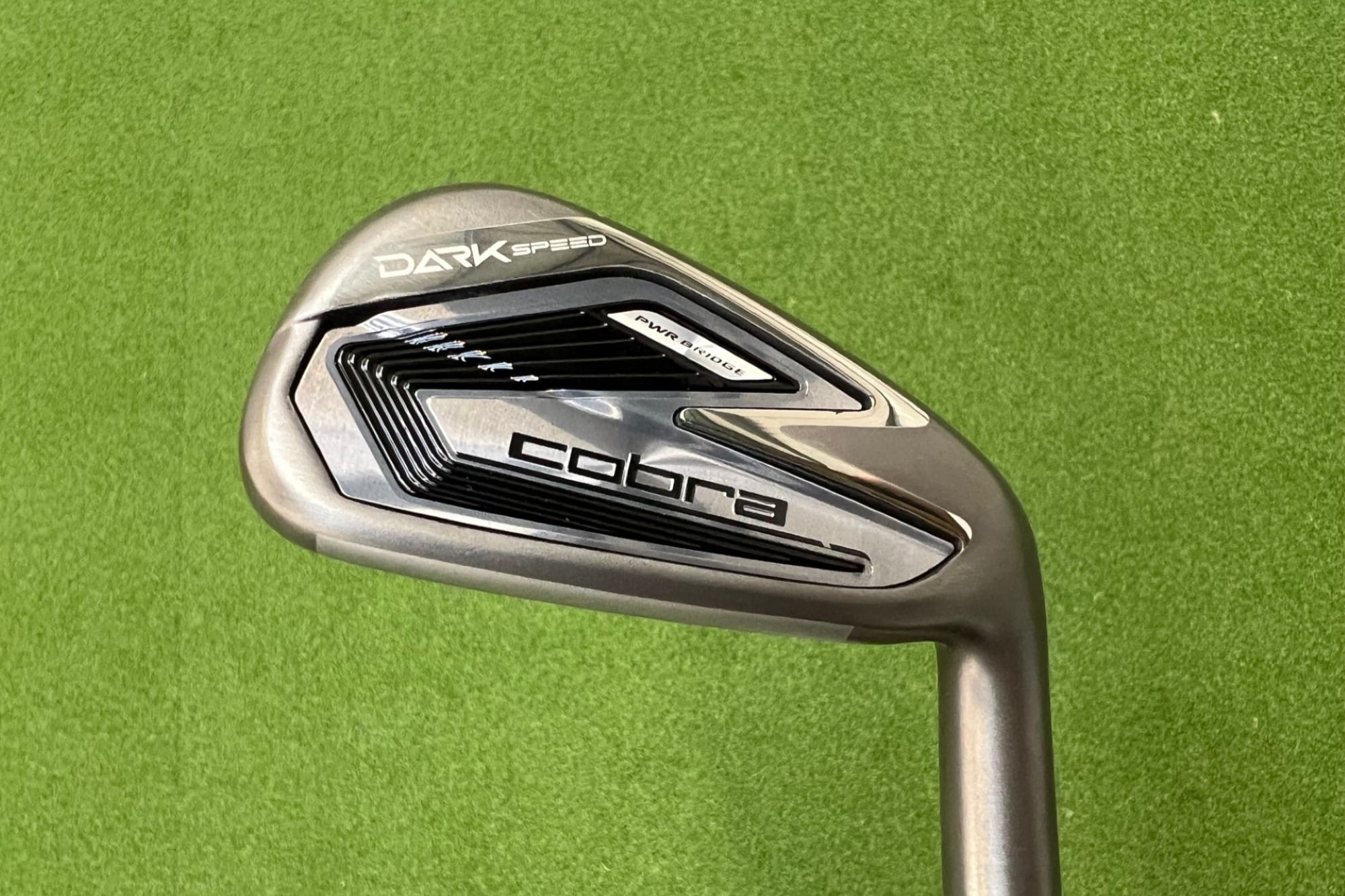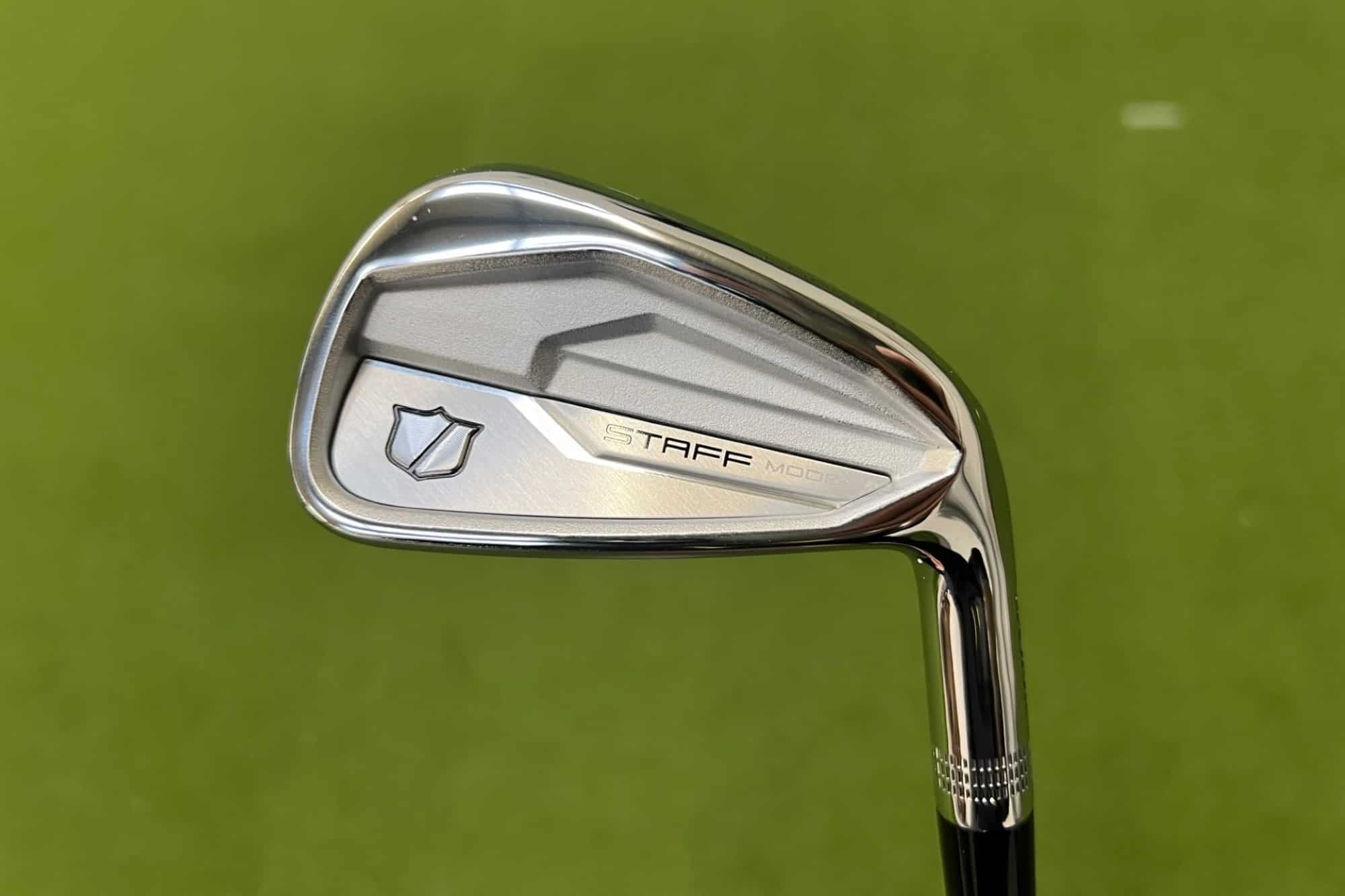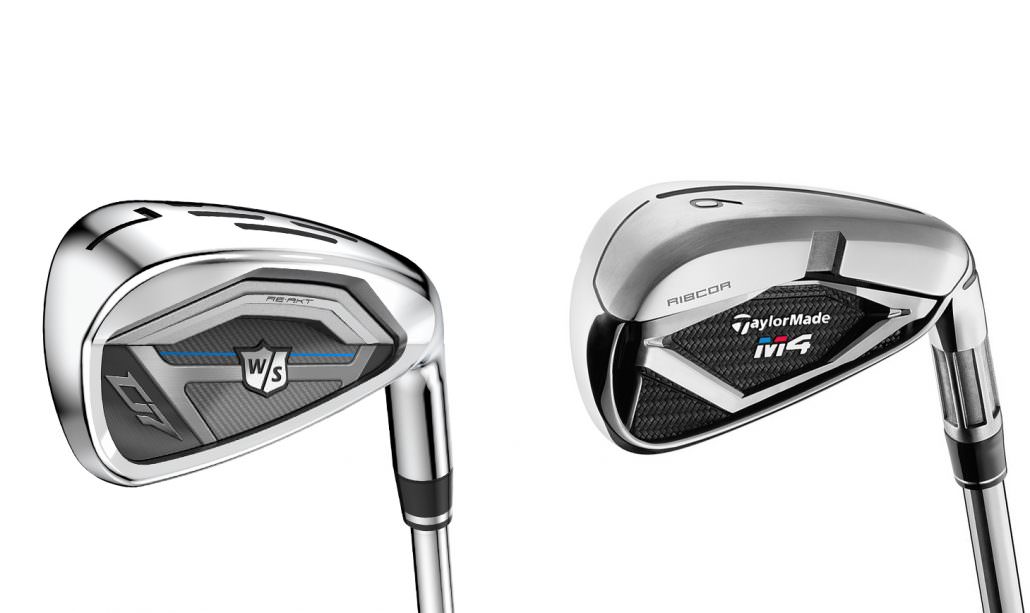
How do the new Wilson D7 irons compare to the TaylorMade M4?
Our Wilson D7 vs. TaylorMade M4 irons test took place at Leicester Golf Centre. We’d also gathered data using a SkyTrak launch monitor at Leeds Golf Centre.
The Wilson D7 performed really well in our initial review but we wanted to put them up against one of the ‘bigger’ brands.
Both the D7 and the TaylorMade M4 irons are designed with the higher handicapper looking for more distance in mind.
But which one gets the job done best and which is the best value for money?
Wilson D7 vs. TaylorMade M4 irons: The methodology
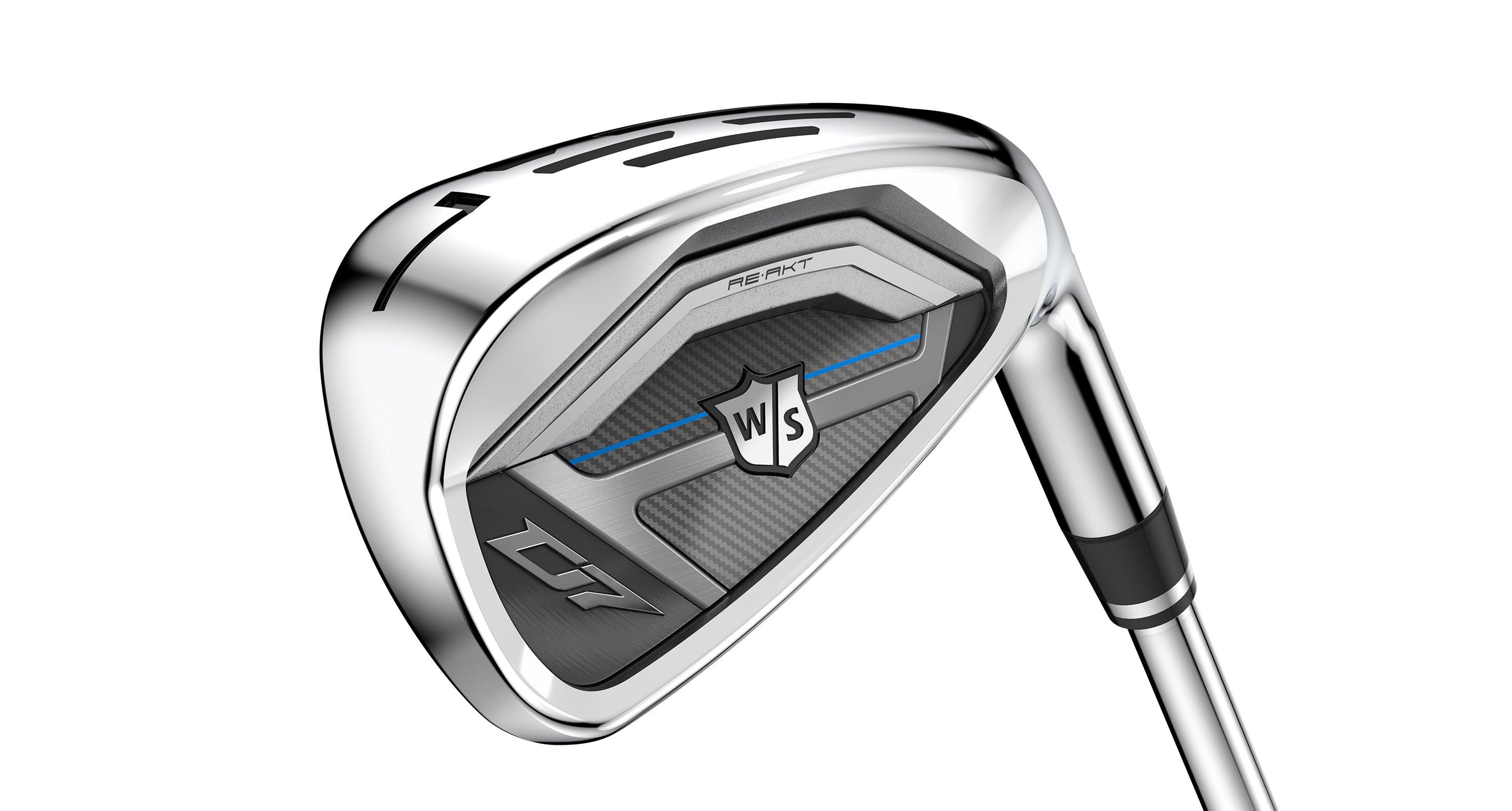
So why did we chose the M4 to go up against there brand new D7 irons from Wilson?
There are a few reasons.
The Wilson D7 irons have very strong lofts. There’s 28˚ on the 7-iron. To put that into context, the Mizuno MP-18 7-iron has 34˚ of loft. There’s 27˚ on the 5-iron.
So we needed to find an iron that was similar, not only in loft but also in size and profile.
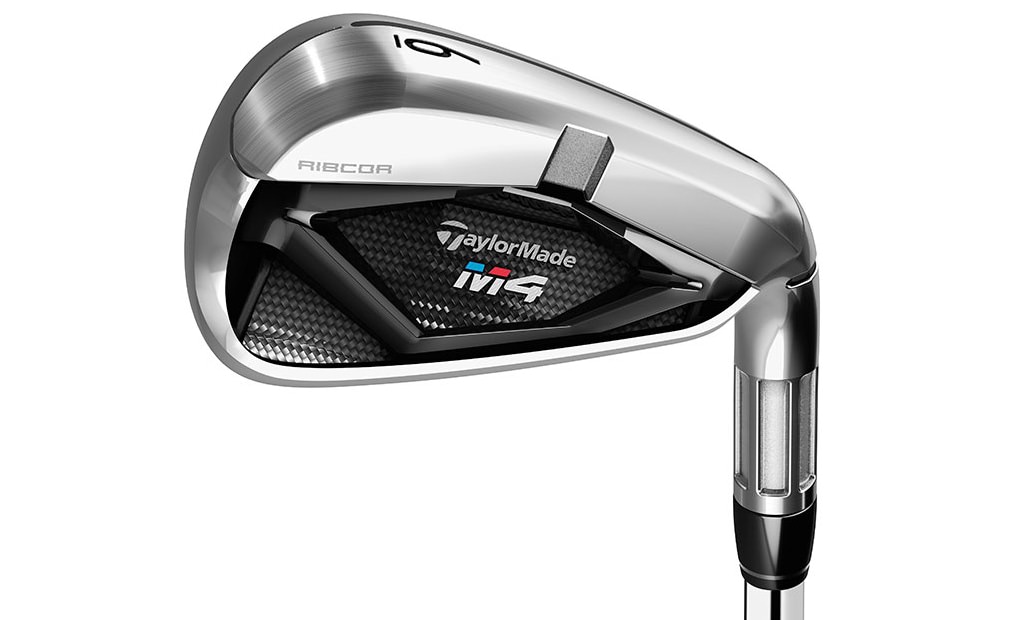
With a 28.5˚ 7-iron the TaylorMade M4 seemed like a decent match.
Both the D7 and the M4 are large and have a fair bit of offset. They are both loaded with distance-enhancing technology.
They both promise to launch the ball far but say they will also launch the ball nice and high due to their low CG design.
One thing that really impressed me about the Wilson D7 irons was the fact they will be available at a very reasonable price.
You’ll be able to get them at £469 for a 5-SW set. The TaylorMade M4 launch price was £749.
The M4 have come down in price since then as it’s likely they will be replaced by a new model early in 2019.
But I can pretty much guarantee that the new model will be considerably more expensive than the D7.
Wilson D7 vs. TaylorMade M4 irons: The technology
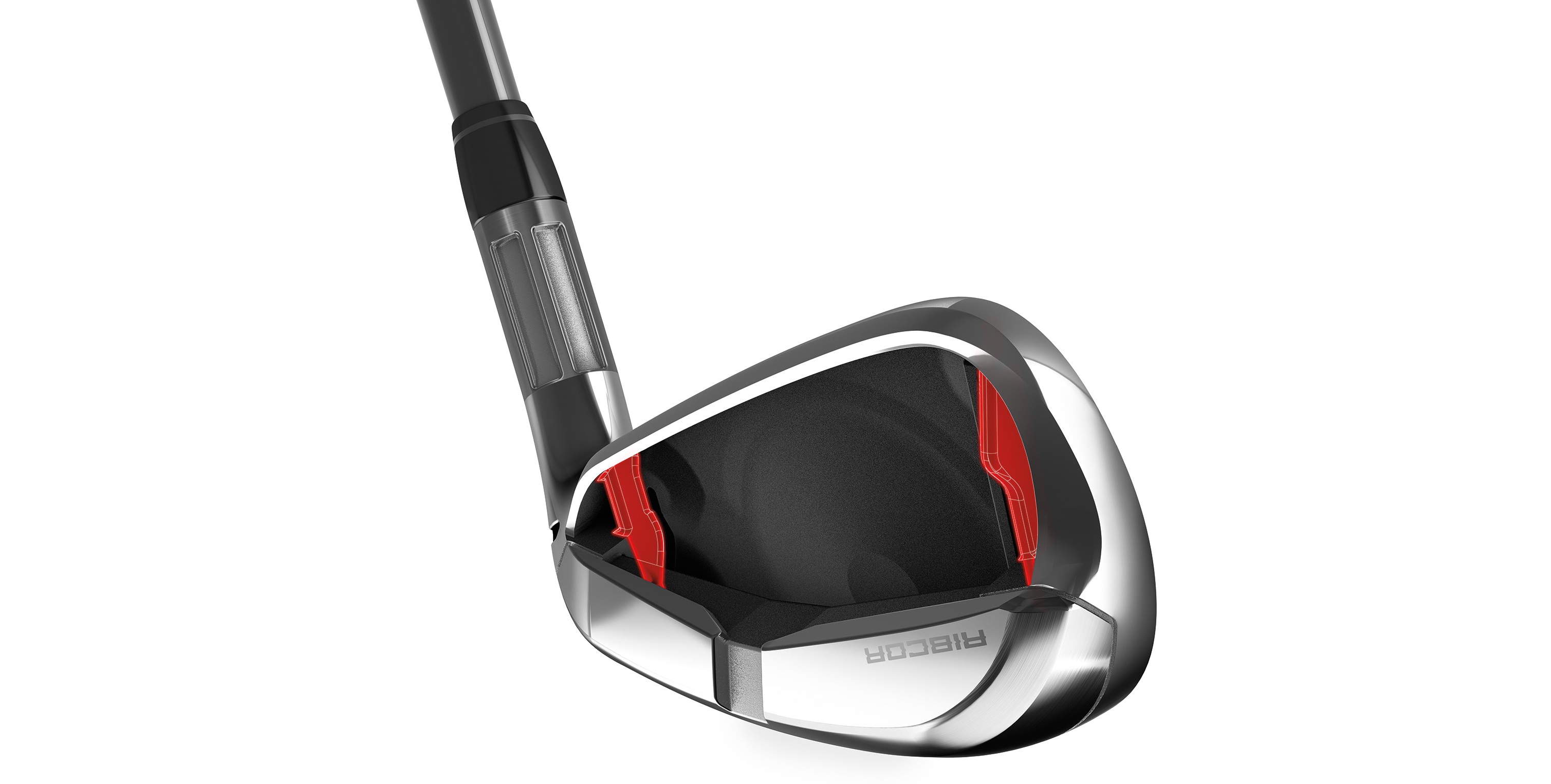
So I’ve already touched on the strong lofts but what else do these irons do to help you hit it further?
The D7 have Wilson’s ‘power hole’ technology in the sole to help add more ball speed off the face.
There are more of them as you go up into the longer irons where people tend to need a little bit more help.
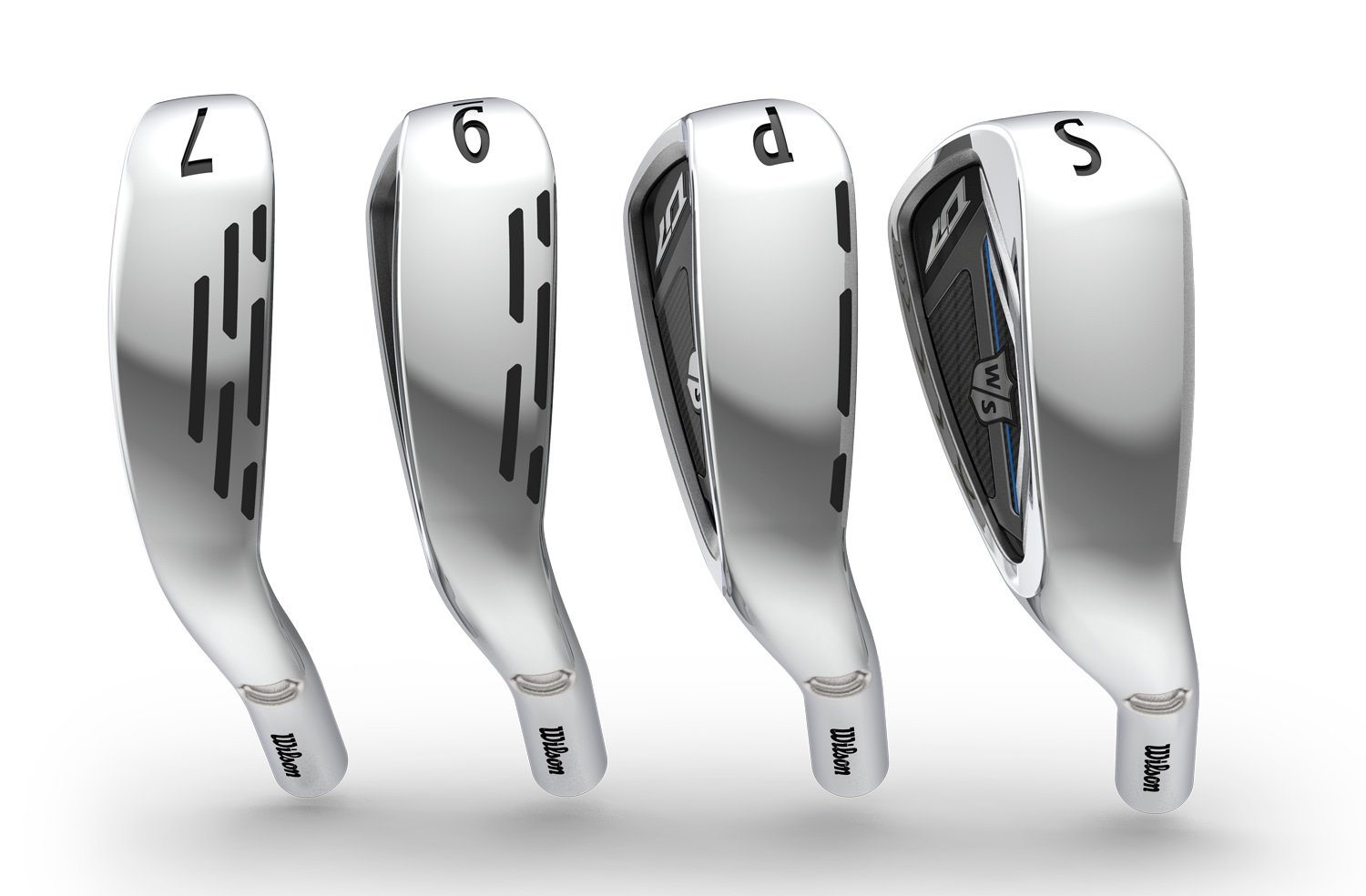
The TaylorMade M4 have a speed pocket in the sole, face slots and their ‘rib cor’ design to reduce vibrations and improve the sound and feel.
Both irons have incredibly thin faces which are designed to flex on impact and they both have carbon badges behind the face to help reduce vibrations.
I tested both these irons out using a lightweight KBS shaft in stiff flex.
That’s enough about what they are supposed to do, find out which performed best on the next page…
James Savage
Former equipment editor of NCG. Inconsistent ball-striker and tea-maker.


